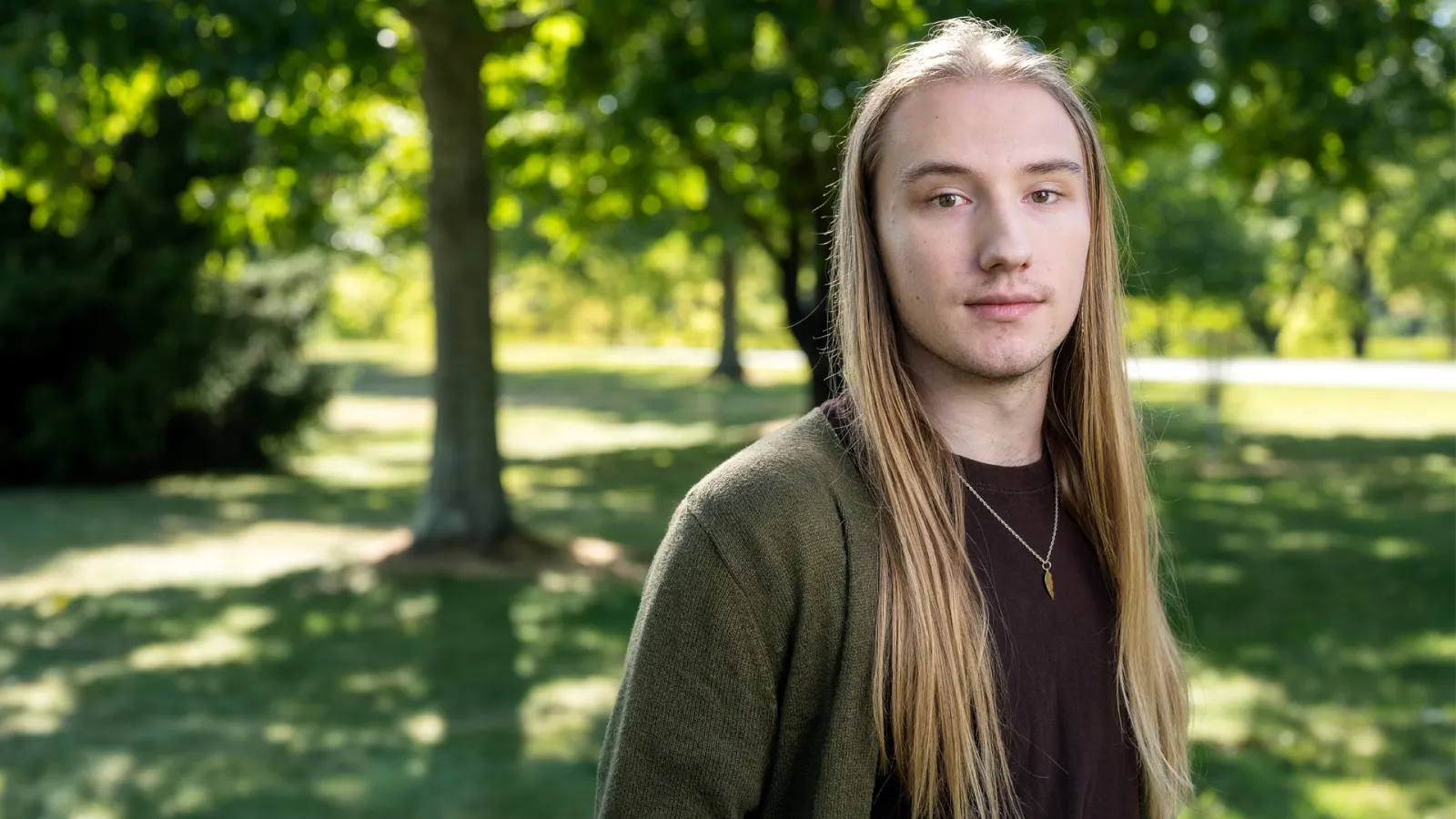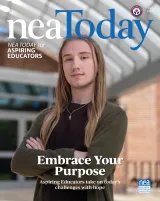Future teachers embrace challenge with hope
In a time when the public education school system is under intense scrutiny, today’s Aspiring Educators (AEs) are not turning away. Yes, schools are overwhelmed by staffing shortages, low pay, and a barrage of criticism over what’s on bookshelves. But future teachers are turning toward the classroom with open minds, open hearts, and a deep commitment to creating welcoming spaces for all students.
For many AEs, teaching is about creating a better future, and they’re entering the classroom ready to reimagine what education can be for every student. NEA Today for Aspiring Educators talked with four of your peers—part of the new generation of changemakers—about why they decided to teach!
Educators make a difference
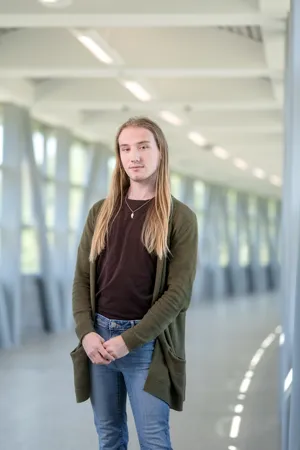
Gavin Mitsdarfer knew they wanted to be a teacher from an early age. But the decision became crystal clear after their father passed away from amyotrophic lateral sclerosis (ALS) when Mitsdarfer was only 11.
“All of my fifth-grade teachers showed up to his funeral,” Mitsdarfer says. “That really inspired me to be that kind of support system for my students.”
A senior at Pennsylvania Western University, Edinboro, Mitsdarfer is earning a dual certification in secondary English and special education. Growing up as an only child in a single-parent home, they faced many hurdles.
“There was a lot bullying as I started high school. Being LGBTQ and grieving … it was a lot,” they say. “Buy my choir teacher was always there. I could go to her room, sit in a practice room, and reset.”
That early experience of being seen and supported shaped Mitsdarfer’s vision for their future classroom.
“Whether it’s flexible seating, low lighting, or just having that ‘Everyone is Welcome Here’ sign, I want my classroom to feel like home for all students,” they say.
For Mitsdarfer, teaching is also a form of activism. They’ve become a vocal advocate in Pennsylvania, helping to secure funding for stipends paid to more than 3,000 student teachers. The win is life-altering for many future educators, including Mitsdarfer.
“I’ve had two campus jobs just to afford groceries and gas,” Mitsdarfer says. “That $10,000 stipend will help me afford to drive to my student teaching placement, which could be up to 50 miles away. It means I won’t have to choose between food and fuel.”
Watch Aspiring Educator Gavin Mitsdarfer from Pennsylvania speak more about paid student teaching.
Being seen holds great power
Jessica Bailey’s first memory of school is one of fear. On her first day of pre-K, she heard a teacher yelling at a student. She refused to enter the room.
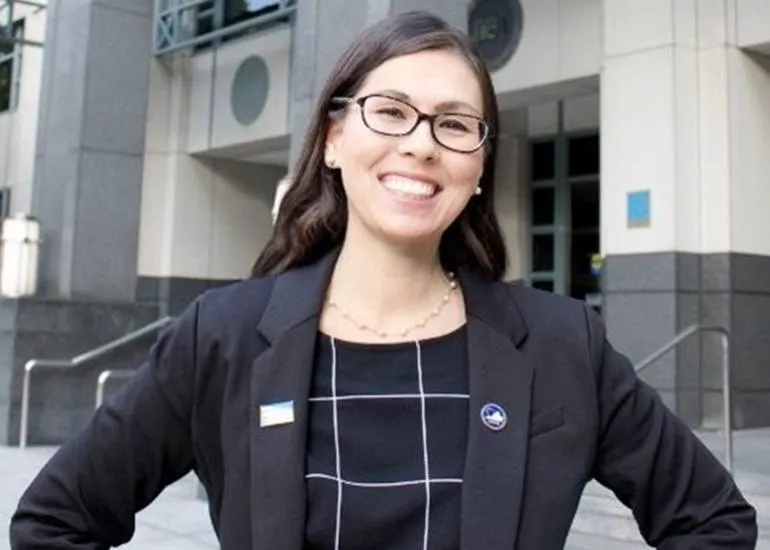
“They had to pry me from the door,” Bailey says. “Eventually, they moved me to another classroom, and the teacher welcomed me with a hug. I felt safe. From that moment, I wanted to be just like her—Mrs. Brooks.”
A non-traditional student—typically older and balancing college with work or family—at Shenandoah University, in Virginia, Bailey is Korean American and grew up as the only Asian student in her elementary school.
“I was bullied. People mocked me for … [my] eyes,” she says. “But what hurt the most was the silence. No one affirmed that what was happening to me was wrong.”
It wasn’t until middle school that she met a teacher who looked like her—an Asian woman who taught math and stood proudly in front of the classroom.
“She empowered me to speak up and be proud of who I am,” Bailey says. “I want to be that presence for students who are still waiting to be seen.”
Her philosophy: “One of the most powerful things a teacher can do is help students develop empathy. It teaches them to understand one another, to accept differences, and to care. And that’s what changes communities.”
As a member of NEA’s Asian and Pacific Islander Caucus, Bailey has found solidarity and in being in community with people who look like her and share similar lived experiences.
“I’m not entering the profession to replicate what already exists,” Bailey says. “I want to reimagine education and create the schools our students truly deserve, and where every child feels safe, valued, and empowered.”
‘Don’t do it’ isn’t the answer
If Coy Owens had listened to what others said, he wouldn’t be where he is today: studying elementary education at Northeast State Technical Community College, in Tennessee.
When he tells people he’s going into teaching, their immediate response is often, “Don’t do it.” But Owens says, “That’s part of the problem. People are losing hope. There’s still room to make a difference.”
Owens’ decision to pursue teaching came after working with Strong Families, a program in his state that helps people move toward self-sufficiency.
“I realized I liked working with kids,” he says. “And my husband is a music teacher. Seeing him teach helped me realize this is where I’m meant to be.”
For Owens, teaching is one of the strongest ways to make a difference.
“A lot of kids don’t have someone at home to care for them or don’t have good role models,” he says. “They’re often written off as lost causes. But every negative behavior has a root cause. We need to dig deep and address that.”
Owens knows firsthand how much representation and support matter, especially for LGBTQ+ young people who live in the South.
Quote byCoy Owens
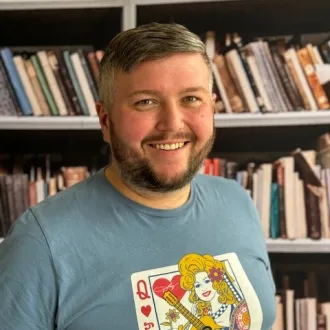
His vision of an inclusive classroom is simple, yet powerful; it’s a place where every student is safe, valued, and seen.
“[Education] is the foundation of society,” he says. “It’s our job to make sure it’s built on inclusion, not exclusion.”
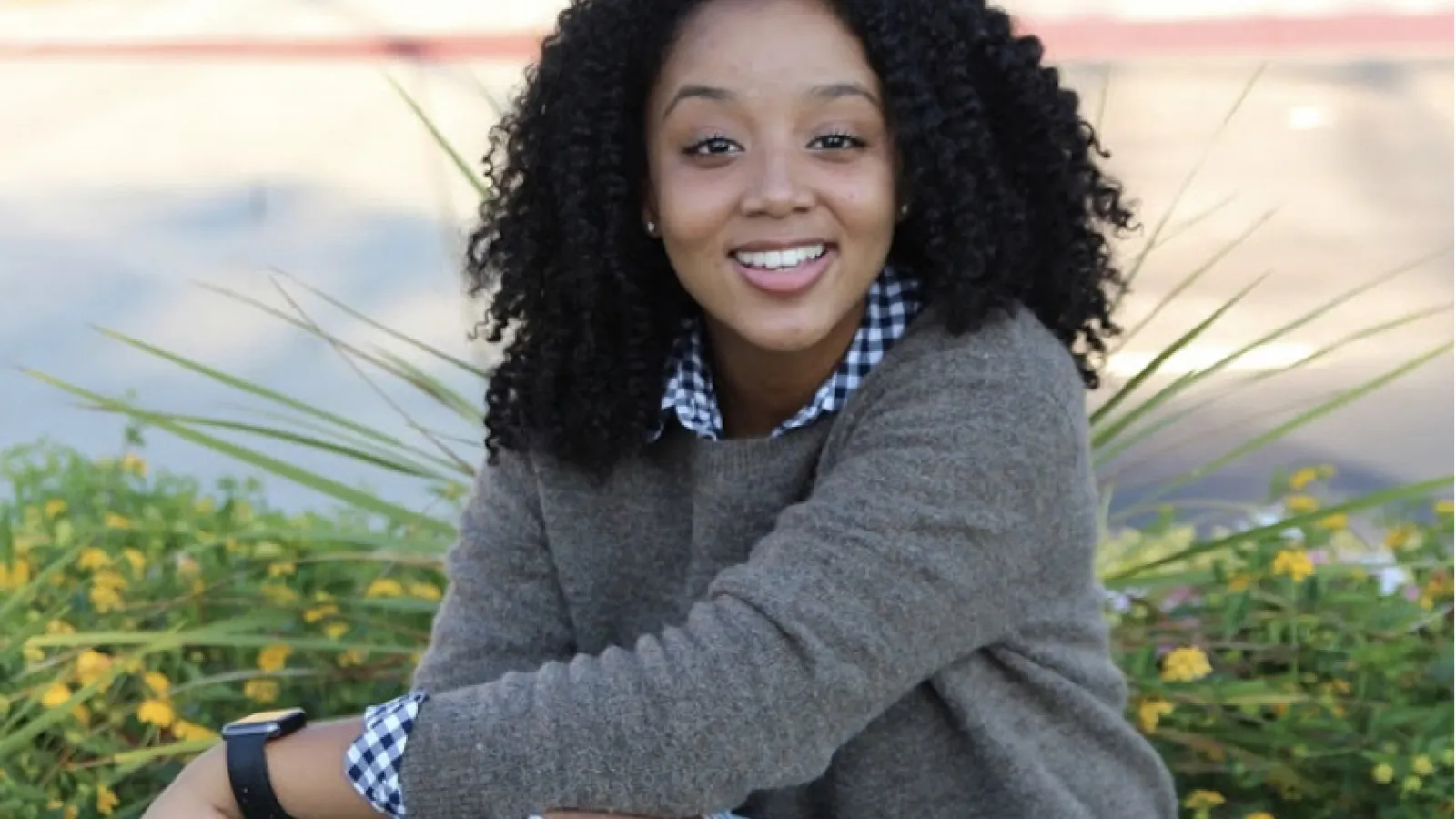
Belonging is the blueprint
Karmen Lemuel once thought she would join the military, but after mentoring freshman students through her high school ROTC program, everything changed.
“I felt like that’s where I belonged,” Lemuel says.
Now a senior at Georgia Southern University, majoring in elementary education, Lemuel sees teaching as a way to give back.
“I’ve had teachers support me my whole life. I want to do the same for someone else,” she says.
Lemuel, who is Black and Hispanic, experienced her own struggles with belonging. For example, she was placed in an English for Speakers of Other Languages class as well as extra support classes—not because of her skills, but rather because of her last name.
“I wasn’t behind. I was just on grade level,” she explains. “But I was made to feel like I wasn’t good enough. That stuck with me.”
Today, she wants to create a classroom where every student can be themselves.
“I want students to know this is our classroom,” Lemuel says. “Whether it’s sharing about their culture, their lives, or their opinions, they deserve to feel seen.”
For Lemuel, teaching means standing up and speaking out.
“At a time when it feels almost impossible to be a teacher, we show up,” she says. “That’s activism, that’s hope.”
Through her work with NEA AE, she’s gained knowledge and pride.
“This program gave me a level of confidence that can’t be shaken,” Lemuel says. “It reminds me that teachers aren’t babysitters. We’re leaders [and] we shape the future.”
Every student matters
Like these future teachers, AEs across the country know that when educators respond with empathy, connection, and hope, change is possible.
“Sometimes what’s most important isn’t the lesson plan,” Mitsdarfer says. “It’s being there … like my teachers were for me.”
Get more from


